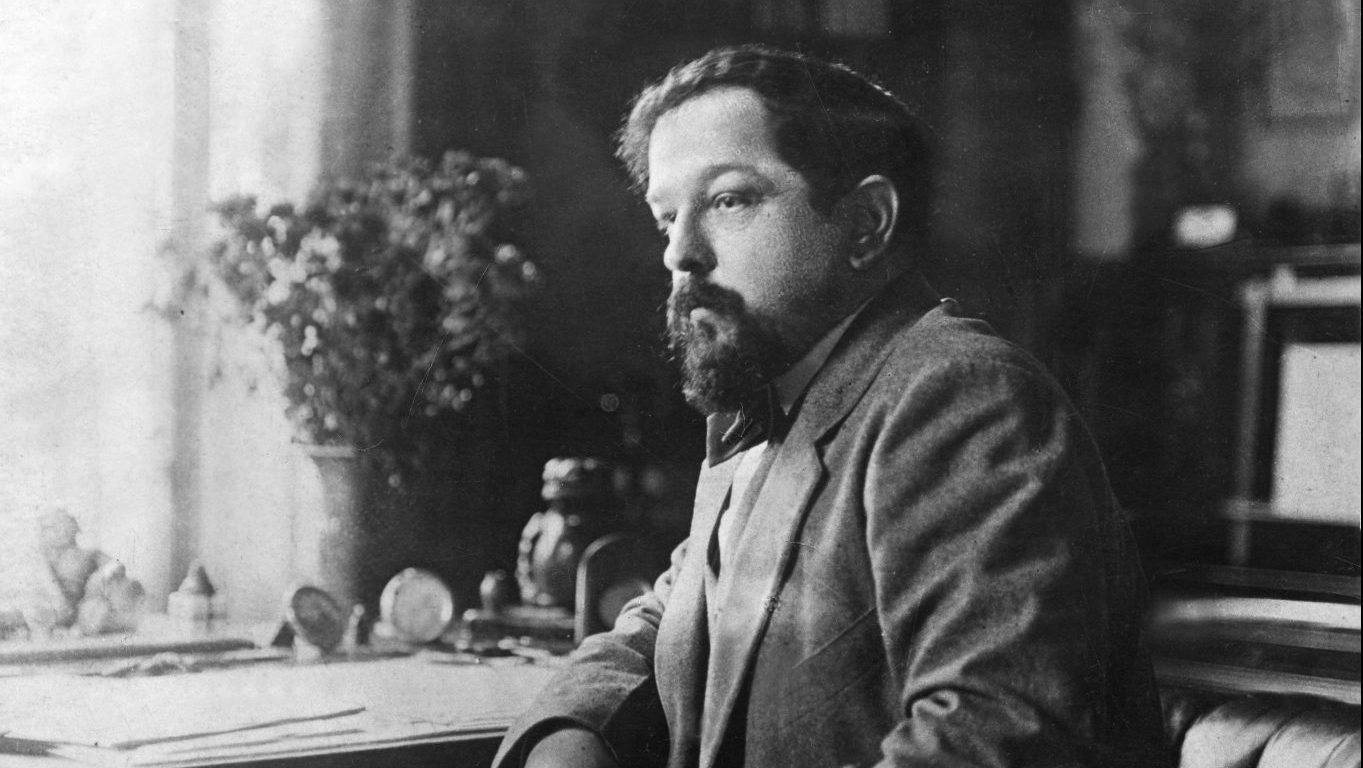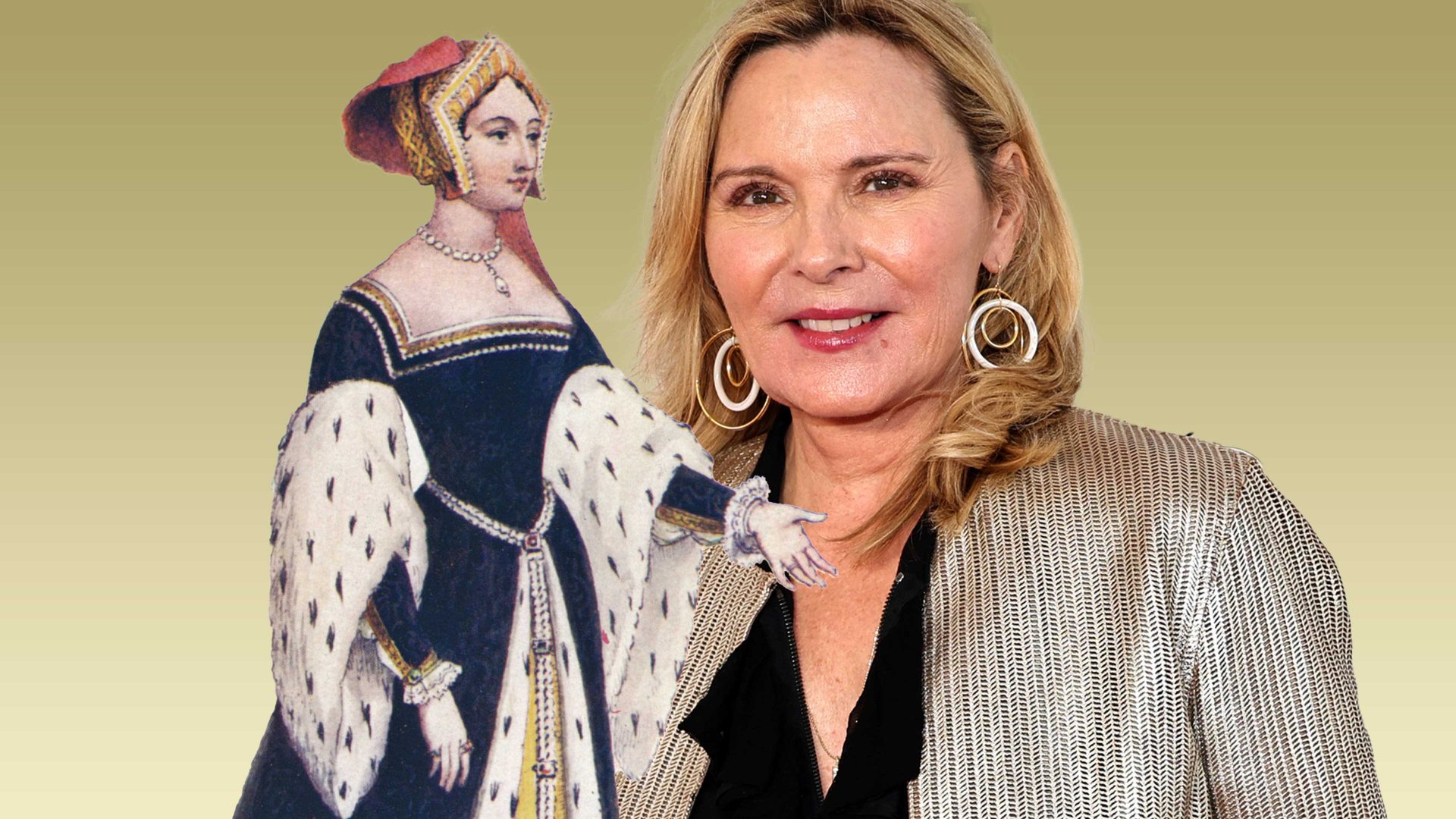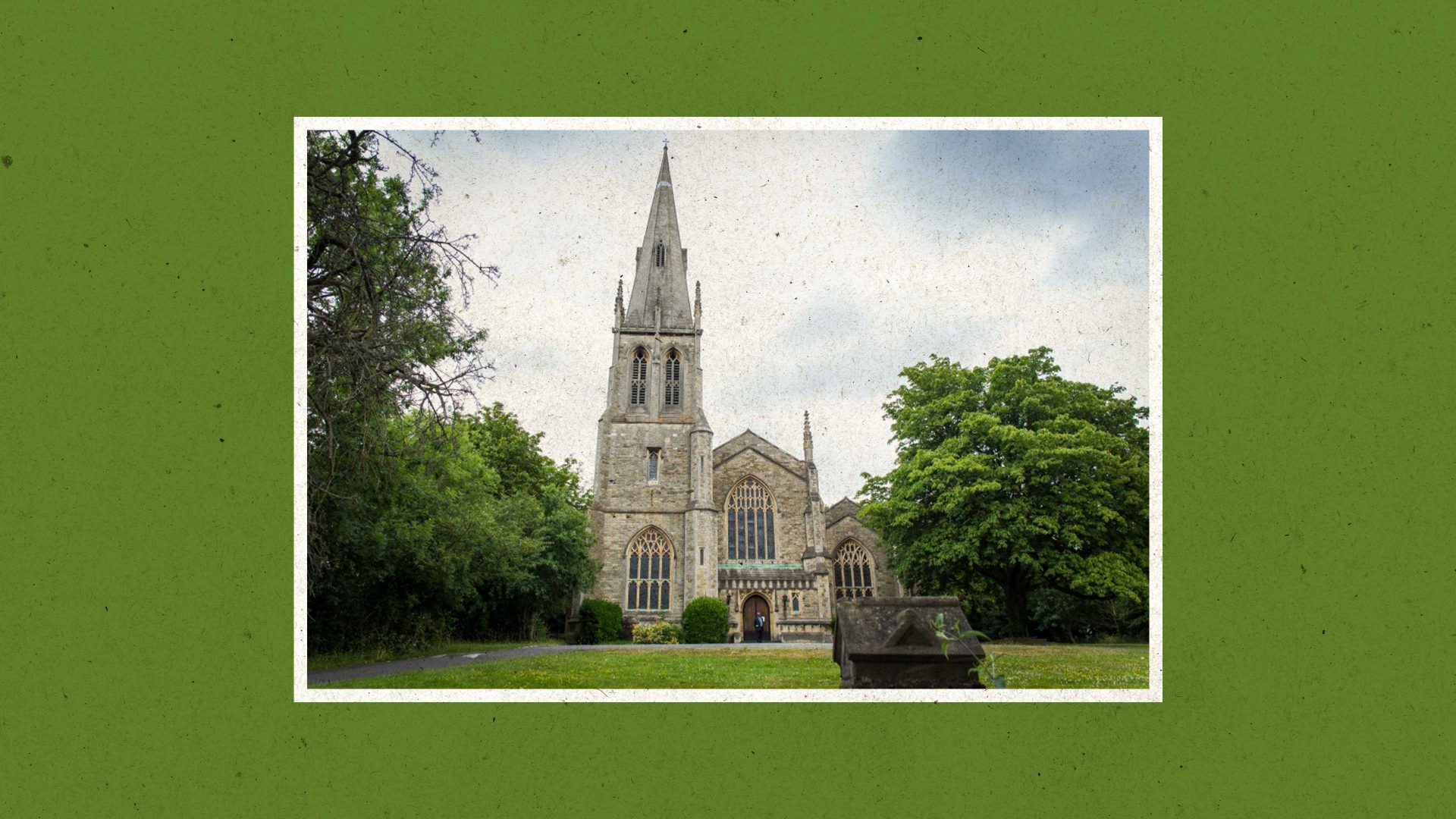“A little English seaside town, as ridiculous as these sorts of places always seem to be, with too many draughts and too much music.”
Listening to Claude Debussy’s symphonic sketch La Mer, the beautiful musical evocation of the sea in all its moods through revolutionary uses of tones, progressions and modes, it is hard to imagine the impressionist composer completing the work in, of all places, Eastbourne.
He had not planned things that way, hence the less-than-glowing summary of the Sussex resort in a letter to a friend. When he checked into his suite at the Grand Hotel in July 1905, Debussy was lying low until an uproar in Paris at his scandalous private life had subsided.
Three years earlier he appeared to be at the peak of his powers and popularity. His first opera Pelléas et Melisande had premiered in Paris in April 1902, a work of staggering originality and musical panache that would effectively change the face of modern opera. Pélleas brought the composer unprecedented fame and led a year later to his appointment as a Chevalier of the Légion d’honneur, one of France’s highest honours.
Within months, however, his eventful love life had eclipsed his musical achievements when he embarked on an affair with Emma Bardac, the married mother of one of his piano students. Debussy sent his wife Lilly home to her parents and holed up with Bardac, first in Jersey, then Normandy. In August 1904 he informed Lilly by letter he was filing for divorce, writing “an artist is, all in all, a detestable, inward-facing man”.
Two months later, shortly before their fifth wedding anniversary, Lilly attempted suicide by shooting herself in the chest with a revolver. She survived and Debussy’s standing in Parisian society was in tatters. Friends deserted him, many choosing to support Lilly financially, and the following summer, once their divorces were finalised, Debussy and the now pregnant Bardac departed for England, planning to stay until the heat was off.
Hence one of the most innovative and important European composers of the modern age found himself in Eastbourne, trying to put the finishing touches to La Mer with a near-constant accompaniment of marching band music drifting up to the window from the bandstands on the seafront and the occasional concertina-wielding Pierrot passing beneath his window.
Inspired by memories of childhood visits to Cannes and the impressionist seascapes painted by JMW Turner, La Mer is arguably Debussy’s masterpiece. There are few pieces of music that evoke the sea like La Mer, capturing all its rhythms, mystery, violence and serenity perfectly in the space of just 20 minutes. The three musical sketches for orchestra represent the pinnacle of Debussy’s originality of form and pioneering invention, eschewing musical norms and traditions in favour of conjuring vivid images in the mind of the listener.
Pelléas et Melisande had been a big step forward in his rejection of rigid compositional templates but it still bore traces of the Wagnerism that underpinned his early work. La Mer achieved a pure impressionism, placing the creation of colour and movement ahead of stylistic formality.
La Mer might have baffled many at first – one reviewer of the work’s premiere reported the audience “had expected the ocean, something big, something colossal, but were served instead with some agitated water in a saucer” – but with it Debussy had affirmed a new kind of artistic beauty, one that still sounds as fresh today as when he tweaked the score in his Eastbourne hotel room.
An unorthodox path through life and work had practically been his destiny from the beginning. Achille Claude Debussy was born into poverty in the Parisian suburbs to a seamstress mother and a father who was a captain in the revolutionary forces during the Paris Commune, a role for which he was later imprisoned. Manuel Debussy was proud of his young son’s already obvious musical talent and spoke of it often in prison where a fellow inmate suggested Manuel send the boy to his mother, a noted piano teacher who had studied with Chopin.
The teacher’s connections saw the exceptional 10-year-old pianist from an impoverished household admitted to the prestigious Paris Conservatoire in 1872 where, always keen to experiment and push the boundaries of form and style from the start, Debussy immediately set about creating music that sounded like no other.
In 1889 he attended the Paris World Exposition, where he witnessed a demonstration of the Javanese gamelan, a series of large tuned metal canisters played with beaters whose non-western scales and modes captivated the composer at a time when he was already becoming disillusioned with Wagnerism. The colours and images conjured in his mind by the sound of the gamelan helped to transform the entire language of music for Debussy. His unshackling from western musical conventions began in earnest.
Rare among his contemporaries in drawing particular inspiration from contemporary works of art and literature, Debussy truly announced his arrival with 1894’s Prélude à l’après-midi d’un faune, a work later feted by Pierre Boulez as “the moment modern music was born”.
Based on a poem by Stéphane Mallarmé, the 10-minute orchestral piece was Debussy’s highest-profile evocation of “colours and rhythmicised time”, prioritising expression of feeling over existing musical rules. The Prélude was a bold, innovative and breathtakingly beautiful work that enchanted those who understood what he was trying to achieve and appalled those who did not.
Mallarmé himself had been sceptical of Debussy’s adaptation until he attended the premiere, after which he wrote to the composer: “I have just come out of the concert deeply moved. Your illustration… goes much further [than the poem] into nostalgia and into light, with finesse, with sensuality, with richness”.
Finesse, sensuality and richness are exactly what Debussy brought to a staid musical world unprepared for such an emphatic upending of form and technique.
His emphatic upending of the prevailing morality of the age was a different matter, however. It is possible that in Eastbourne, Debussy cast his mind back to the creation of the groundbreaking Prélude and reflected on how it coincided with another tumultuous upheaval in his personal life: shortly before the premiere he had broken off his engagement to the singer Thérèse Roger to marry Lilly instead.
One hot summer afternoon on the Sussex coast, perhaps distracted by the relentless parping formality of a nearby brass band, he put aside his manuscripts and summed up in a letter to a friend the perennial conflict at his core.
“Those around me persist,” he mused, “in not understanding that I have never been able to live in a real world of people and things.”




